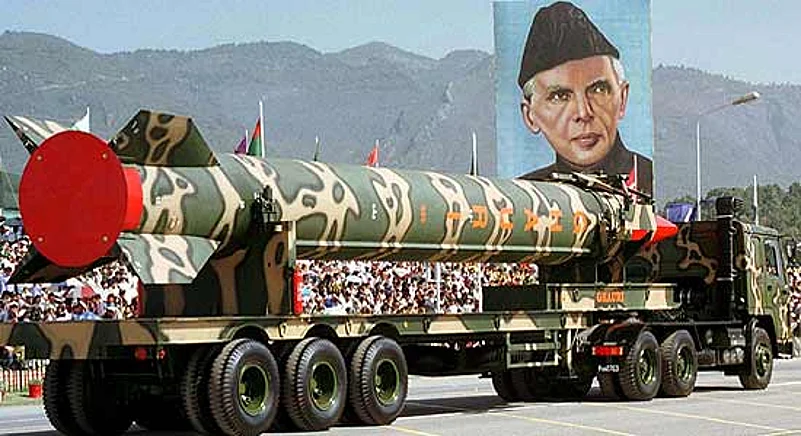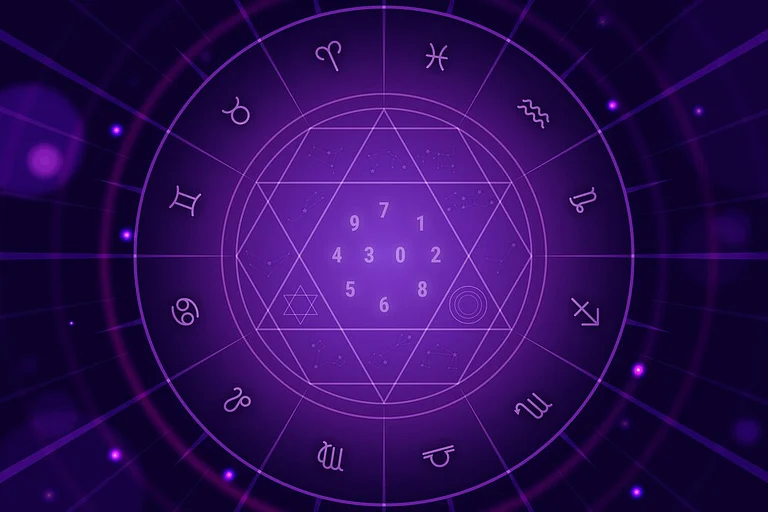Yes, of course, Jinnah’s Pakistan was “a famous victory”. And yet, to quote Robert Southey, “What good came of it at last?” Six decades later, senator Javed Jabbar, former Pakistan minister, and his mentor, distinguished national professor Sharif-al-Mujahid (both of Tamil origin), describe Pakistan’s present condition—mired in “the slough of despondency”, “morale-eroding depression”, “cumulative frustration” and a “daunting lack of sheer faith in our future”.
To rectify this pathetic state of affairs, Jabbar has undertaken the task of addressing the next generation of Pakistanis and Indians about Pakistan’s “unique origins” and, therefore, her “unique destiny”. He takes the precaution, however, of placing a question mark after “unique destiny” in the Pakistani edition, a precaution dropped from the subtitle of the Indian edition of the same book.
Jabbar’s basic point is that, notwithstanding the division of the subcontinent into three states, the Two-Nation Theory holds good because, he says, a state can contain more than one nation—and so the Muslims of India continue to be a nation within the Indian state. I know of no Indian Muslim who regards his fellow Muslims as constituting a separate nation, but the moot point is: do the Muslims of Pakistan constitute a nation?
For if Pakistan is not a failed state, it shows signs of being a failed nation. Jabbar himself notes that the secular Pakistan of the Qaid-e-Azam’s conception—spelt out in his vision of Pakistan’s nationhood in his famous inaugural address to the constituent assembly, his appointment of a Hindu as Pakistan’s first interim head of state, his commissioning a Hindu to write Pakistan’s first national anthem, and his visiting a Karachi cathedral on August 17, 1947, to show Christians that their home remained in Pakistan—dissolved within weeks of Pakistan coming into existence.
The disintegration of the Qaid’s vision, as Jabbar underlines, was initiated by the Qaid himself. Although he had told Gandhi in 1944 that Gurmukhi could be a national language of Pakistan “if the Sikhs wanted it”, in March 1948 he announced in Dhaka that Urdu and Urdu alone could be Pakistan’s national language. This, as Farzana Shaikh points out in her brilliant Making Sense of Pakistan, in a newly-born country where only about four per cent of the population spoke Urdu as their mother tongue.
It opened the door to the hijacking of Pakistan by religious fanatics who want to break the pluralist South Asian mould of Pakistan’s national character to recast it as a monolithic Islamist state in the West Asian mould. This is what is wrecking Pakistan’s nationhood—for if it is Islam that unites Pakistan, it is Islamisation that divides it. Not until the plurality of Islam—let alone the plurality of all religions—becomes the leitmotif of Pakistan’s contemporary nationhood will Pakistan’s nationhood get consolidated.
In consequence, among the 40 “weaknesses” of contemporary Pakistan which Jabbar details are “feudalism” and “primitivism”; “religious political parties, extremists and fanatics...foster(ing) extremism and violence”; “bigotry inhibit(ing) robust ijtehad”; “pesh imams... whose sermons express a narrow, prejudiced view of the non-Muslim world”, based on “inflexible interpretations of the holy Quran and unreliable versions of the Hadith”; “persecution of non-Muslims by fanatics”; and “schisms of mistrust and alienation”. Phew!
Yet, there is hope, which lies Pakistan’s 60 “strengths”. One senses that even if Pakistan’s problems persist, Pakistanis are indeed a “hardy, resilient, practical, pragmatic, intelligent people...the majority that prefers to vote for a progressive, forward-looking, non-sectarian approach to politics”; “a society that respects and practices democracy”; “vast treasures (of) untapped minerals and natural resources”; “inventive entepreneurship...refreshingly open-minded and globalised in their outlook”; “a vibrant, flourishing mass media”; a “proficient technocratic elite”, able “civil services” and disciplined “armed forces”; and a host of distinguished scientists, artistes, sportspersons and civil society activists.
Above all, it is Jabbar’s 14 dimensions of Pakistaniyat—the evolution of a Pakistani identity “capable of containing within itself other identities” (as in India)—that holds the greatest promise. One only wishes there really was “respect for all religions and for cultural pluralism”, as Jabbar claims exists, for if multifaceted pluralism is accepted as the sine qua non of Pakistan’s nationhood, Pakistan will survive, indeed flourish, as a modern nation-state. Short of that, descent into atavism is inevitable.
























